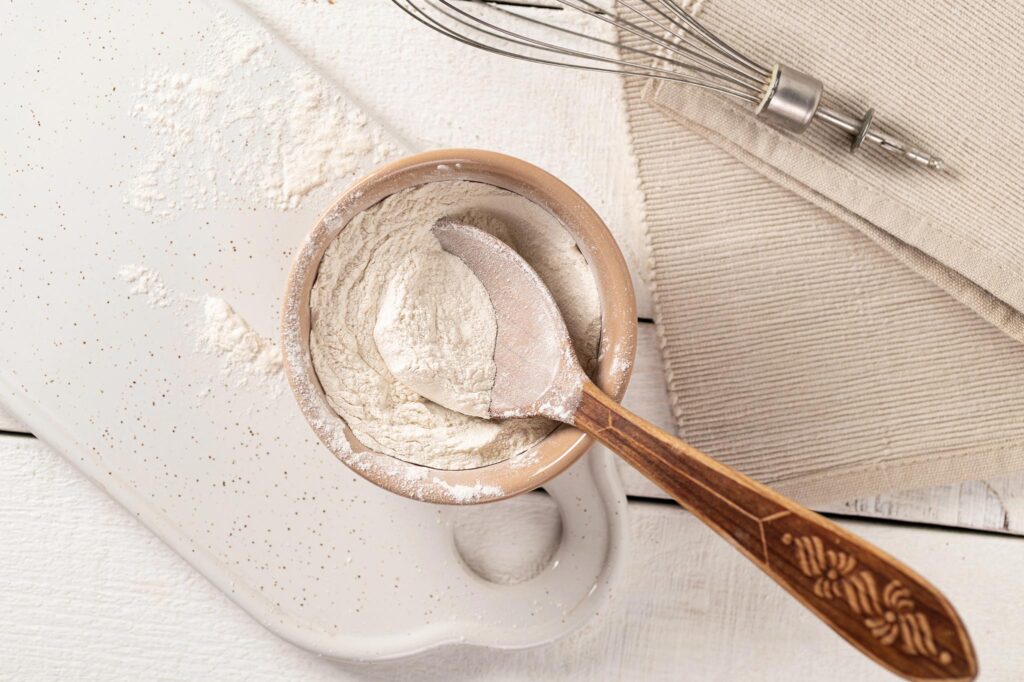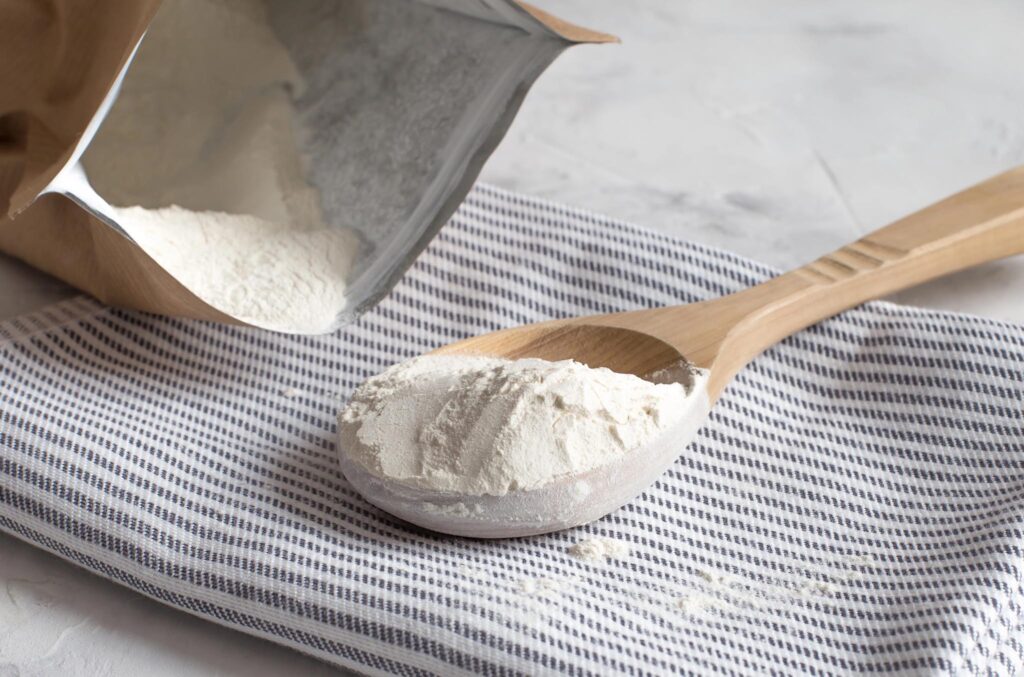Xanthan Gum Uses: Comprehensive Guide to Using Xanthan Gum
Xanthan gum has become a staple ingredient in kitchens and industries worldwide, celebrated for its thickening, stabilizing, and emulsifying properties. Whether you’re curious about its culinary versatility, potential health benefits, or safety considerations, this comprehensive guide explores everything you need to know about xanthan gum. Discover how to use xanthan gum effectively, the wide range of its applications in food and beyond, and important insights into possible side effects. Empower yourself with essential information to make informed decisions about incorporating xanthan gum into your diet or daily routines.
Key Highlights
- Xanthan gum is valued for its thickening, stabilizing, and emulsifying properties in food and industrial products.
- It enhances texture and consistency in gluten-free baking, sauces, dressings, and many processed foods.
- Research suggests xanthan gum may support digestive health, blood sugar control, and weight management.
- Generally safe, excessive xanthan gum intake may cause mild digestive discomfort in sensitive individuals.
- Proper use in recipes maximizes benefits—small amounts go a long way, ensuring desired texture without gumminess.

Xanthan Gum Overview and Common Applications
Xanthan gum stands out as a highly versatile food additive, valued for its unique ability to alter texture and stabilize both food products and industrial products. Derived through fermentation, xanthan gum is used in a variety of foods, from sauces and dressings to gluten-free baking. Its remarkable thickening properties extend well beyond the kitchen; you’ll find it in personal care items, pharmaceuticals, and even industrial products such as lubricants and paints. As a staple in recipes for those seeking improved consistency, xanthan gum continues to be celebrated for its adaptability. Understanding how xanthan functions across these products offers insight into the evolving role of this gum in contemporary food and industry innovations.
How Xanthan Gum Is Used in Food Products and Industrial Products
Xanthan gum’s role as a food additive is especially prominent in modern food products, where its ability to improve texture, viscosity, and shelf life is unparalleled. In gluten-free baking, xanthan provides the elasticity normally delivered by gluten, making it indispensable in recipes for breads, cakes, and pastries. Many food products, from salad dressings and sauces to ice creams and yogurts, rely on this gum to remain smooth, stable, and visually appealing. It helps keep ingredients suspended, ensuring consistent taste and texture with every serving. The gum’s impact isn’t confined to the kitchen; in industrial products, xanthan demonstrates impressive technical benefits, being used as a thickener in cosmetics, a stabilizer in toothpastes, and a suspending agent in pharmaceuticals and supplements. In oil drilling and other industrial processes, xanthan gum helps control viscosity and improve product performance. For both foods and industrial products, xanthan gum stands as a multi-functional ingredient, quietly ensuring products xanthan improve quality, reliability, and consumer satisfaction. As you explore uses and applications of this gum across numerous recipes and foods, its importance both as a staple food additive and versatile industrial agent becomes even clearer.

Health Benefits of Xanthan Gum: What Science Says
Research into xanthan gum highlights several health benefits, making it more than just a culinary or industrial thickener. Scientific studies suggest that xanthan gum may support digestive health by acting as a soluble fiber, which helps promote regularity and can aid gut health. Some evidence points to possible benefits for blood sugar control, as incorporating xanthan gum into certain foods may slow the absorption of sugars and help reduce spikes in blood glucose. Additionally, this gum can enhance satiety, contributing to weight management when included in a balanced diet. There’s also emerging research supporting xanthan’s potential role in lowering cholesterol, thanks to its fiber content. For most people, consuming xanthan in typical amounts found in foods is considered safe. While more research is needed to fully understand the full range of health benefits, xanthan gum stands as a supportive ingredient not only in texture and stability but also in advancing overall health.
Potential Side Effects and Safety Considerations of Xanthan Gum
While xanthan gum has made its mark in various foods and industrial products, it’s important to consider any potential side effects or effects on sensitive individuals. For most people, xanthan gum is considered safe when consumed in the small amounts typically found in food. However, consuming large quantities of xanthan gum can occasionally lead to mild digestive effects, such as bloating, gas, or changes in stool consistency, due to its action as a soluble fiber. People with severe sensitivities or allergies to corn, soy, or wheat, sources sometimes used to produce xanthan, should pay close attention to product labels as a precaution. Some rare reports have linked xanthan gum to allergic-like effects, but these cases are extremely uncommon. If you’re introducing xanthan for the first time or increasing its use, it’s wise to monitor your body’s response, especially since the effects of xanthan can vary depending on individual tolerance. Overall, the gum is regarded as safe and effective in everyday foods when used as directed, but moderation helps avoid any unnecessary digestive discomfort. If you experience any persistent side effects after consuming xanthan gum, consulting a healthcare provider is recommended.

Tips for Incorporating Gum into Cooking and Baking
Successfully using xanthan gum in cooking and baking depends on understanding its interaction with different ingredients and knowing how little goes a long way. When working with free flours that lack flour gluten, this gum becomes an essential tool to mimic the elasticity and structure found in traditional baking. Start by adding small amounts, typically just a quarter to a half teaspoon per cup of free flours, to your recipes. Xanthan helps trap air bubbles and retain moisture, making your baked food less crumbly and more cohesive. For sauces, gravies, or dressings, sprinkle xanthan evenly while whisking to avoid lumps and achieve an ideal thickness. Unlike some gums, xanthan activates quickly in both hot and cold food, so it’s perfect for a range of culinary uses. Remember, too much gum can make food dense or gummy, so measure carefully. Whether you’re crafting gluten-free baked goods or simply seeking to enhance texture in classic recipes, xanthan gum offers versatility that makes food preparation smoother and more consistent.
Get Your Free Xanthan Gum Usage Checklist
Ready to enhance your cooking and baking with xanthan gum? Our free xanthan gum usage checklist is designed to help you get the most out of this invaluable gum in your kitchen. Whether you’re working with gluten-free recipes or improving the texture of classic favorites, this checklist covers essential tips, optimal measurements, and step-by-step advice for successful results. It ensures you use xanthan gum confidently and effectively, so your gluten-free creations rise, bind, and please every palate. With reminders about the right amount of gum, tricks for even dispersion, and ways to avoid common mishaps, this checklist is the perfect companion for anyone new to xanthan or for seasoned bakers looking to refine their gum know-how. Download yours now and make every recipe, whether gluten-rich or gluten-free, a showcase for the transformative power of xanthan. Experience how this simple gum makes a big difference in every dish you craft!
In summary, xanthan gum is a versatile additive with applications that span from gluten-free baking to cosmetics and industrial manufacturing. Its unique properties make it valuable for both home cooks and food manufacturers seeking improved texture, stability, and shelf life. While generally safe for most people, it’s important to be aware of potential side effects and use it as recommended. By understanding how to use xanthan gum effectively, you can harness its benefits to enhance your cooking, support dietary needs, and improve the quality of various products in daily life.
